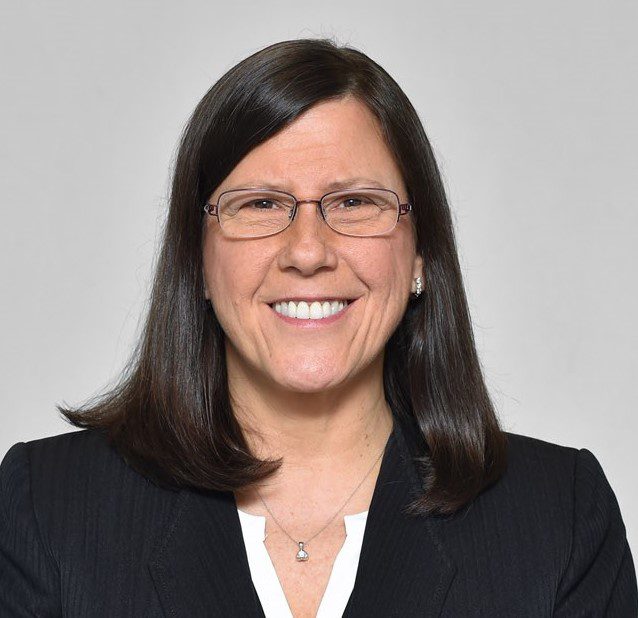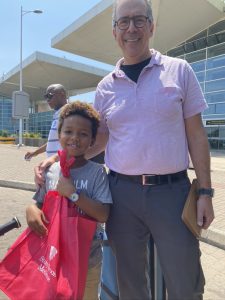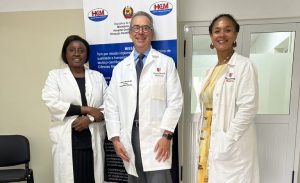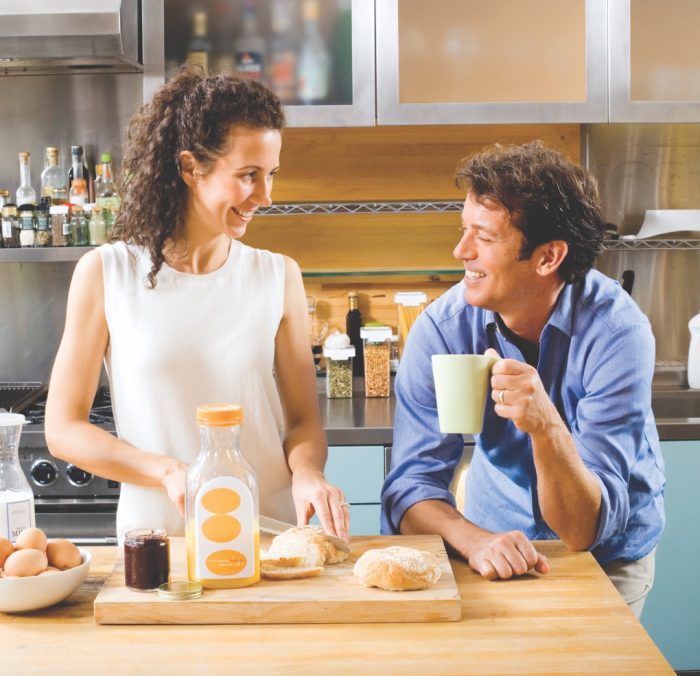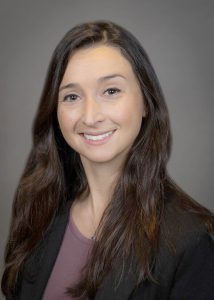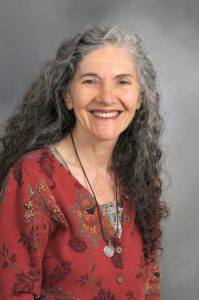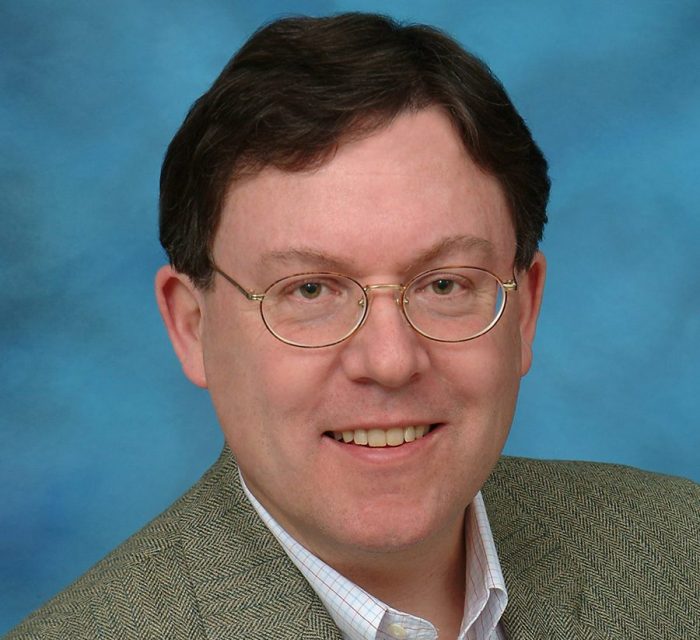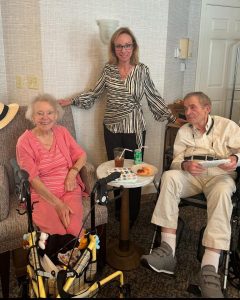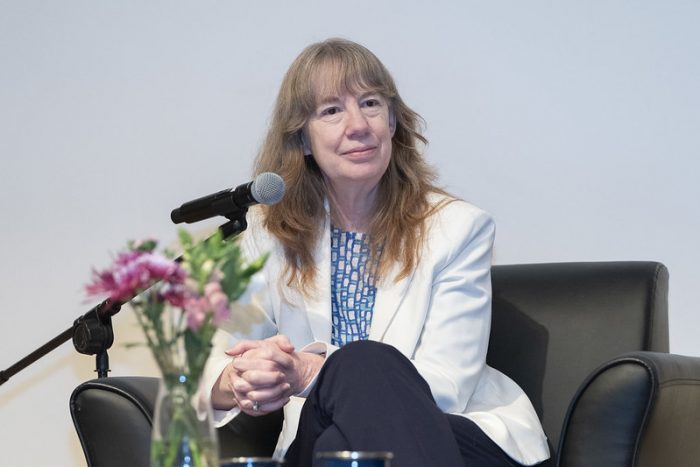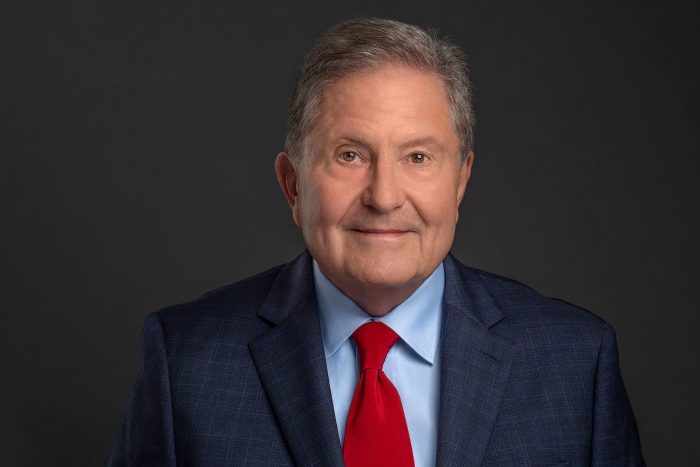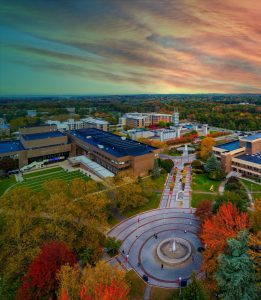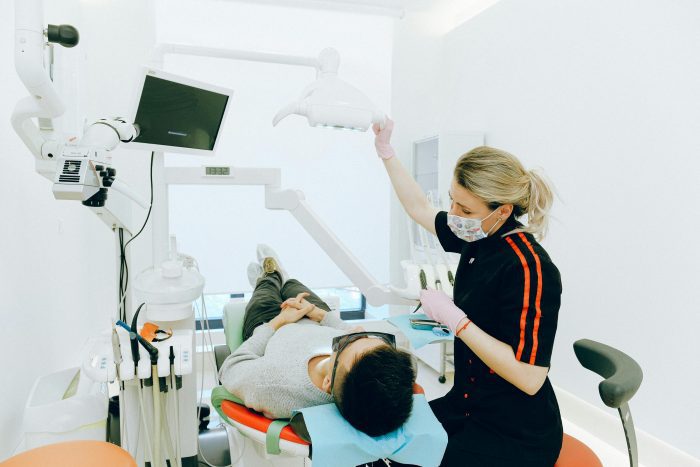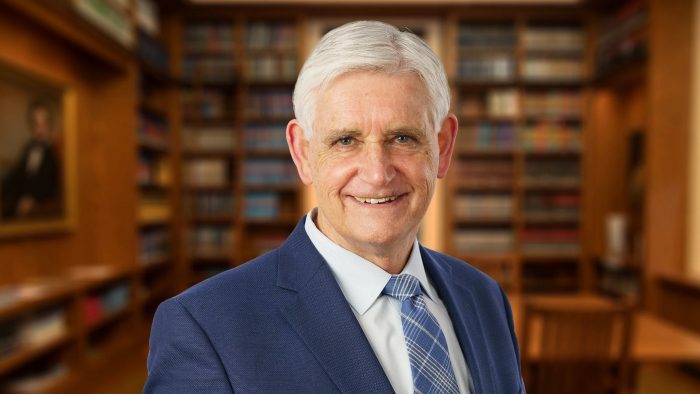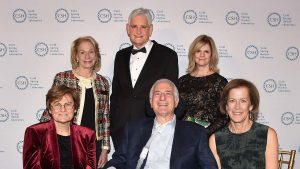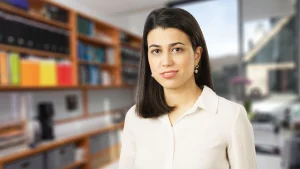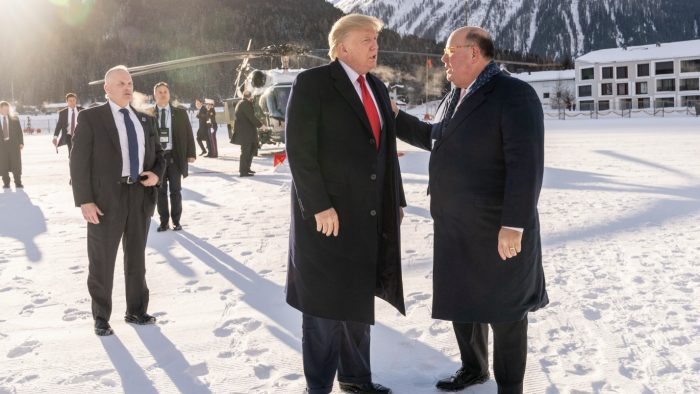By Daniel Dunaief
An advocate, defender, educator, legislative partner, social worker and attorney, Laura Ahearn is prepared to help during periods of extreme duress whenever needed.
Executive Director of the Crime Victims Center, Ahearn has secured orders of protection for abused women, accompanied victims to court, counseled high school students about inappropriate relationships and helped victims receive funds for survival.
For her work this year and every year for nearly three decades, Ahearn is one of TBR News Media’s People of the Year for 2024.
“I love Laura Ahearn,” said Kara Hahn, a former legislator who met Ahearn in 1999, and crafted legislation in 2015 requiring domestic violence agencies in the county to use the Jacquelyn Campbell risk assessment, to help victims understand the level of danger from abuse.
Hahn, who is currently the Deputy Regional Director for the Long Island region of New York State Parks, Recreation & Historic Preservation, added that Ahearn is “one of the fiercest and most dedicated champions for the protection of children [among others] in this advocacy space and any advocacy space.”
Indeed, recently, Ahearn and the Crime Victims Center have been working with a particularly troubling case with children in a family that have endured trauma in their former home.
“When you’re dealing with child victims who are directly or physically impacted, or have witnessed it, a lot of planning goes into counseling and advocacy,” said Ahearn. “This case has impacted me more than any other case in my entire career, which is pushing 30 years.”
Most of the 40 people involved in the Crime Victims Center, which originally started out in a room in Ahearn’s home and was called Parents of Megan’s Law, have been affected by the case.
The team is working on behalf of these children, helping them with educational and counseling programs, as well as working with law enforcement.
Ahearn has brought her advocacy, messaging and support to people in numerous contexts.
“The thing you might say about [Ahearn] is that [her help] is not just from a social work position,” said Kathleen Monahan, Associate Professor in the School of Social Welfare at Stony Brook University. “She’s attacking this from all different levels, from the health care perspective, from law and policy issues, treatment and from the mental health perspective.”
Ahearn not only received a Master’s in Social Work from SUNY Stony Brook, but she also earned a Juris Doctor from Touro Law, where she graduated at the top of her class.
Educational messaging
After discussing relationship violence with students, the Crime Victims Center has fielded phone calls from attendees.
“We had a call from a teenager in high school, who was unhappy with a forced kiss. She saw our program and wanted to know if that’s okay,” said Ahearn.
The CVC has also worked with students and school administrators to help recognize efforts to lure girls into prostitution.
These children “were being groomed by a person running a human trafficking ring,” said Ahearn. They came to school with expensive purses and shoes they couldn’t otherwise afford.
“If we have our eyes wide open, educating kids as young as middle schoolers, administrators and parents can protect these potential victims,” she continued.
Financial help
The Crime Victims Center has helped victims of sexual assault and domestic violence recover funds from the Office of Victim Services, which is the payer of last resort.
Victims who are cooperating with law enforcement and who have eligible expenses, which can include out of pocket medical and counseling costs or even funerals, can receive funds to pay for some of those expenses.
In an assault, if someone has their clothing damaged or their clothing is taken into evidence, the survivor provides the center with receipts for a replacement for the damaged property.
The Crime Victims Center has helped facilitate the return of nearly $8 million since it first started working on behalf of victims from the Crime Victim’s Fund, in the Office of Victim Services.
The center has helped families recover thousands of dollars in lost wages after the primary breadwinner in a household was hit in a driving while intoxicated incident.
Leading
In addition to helping victims, Ahearn leads virtual meetings during sexual assault awareness month and domestic violence awareness month.
This past October, Ahearn had just introduced Dr. Hirsch Handmaker, CEO of The CACTIS Foundation in Scottsdale, Arizona during the third-annual, virtual domestic violence awareness month conference.
Handmaker was in a hospital where a fire alarm blared so loudly that he couldn’t hear the other attendees, much less focus on his discussion about traumatic brain injuries.
“She was so fabulous,” recalled Monahan about Ahearn’s response. “She handled that like water rolling off a duck’s back,” as Ahearn suggested an unscheduled break to allow Handmaker to clear the area.
Ahearn is a “beacon of light throughout the U.S. in highlighting the issue of sexual assault and domestic violence, and is one of the few individuals leading entities in collaborating and engaging law enforcement, social workers and healthcare providers,” Handmaker explained.
As an example of the awareness advocacy groups brought to law enforcement, Handmaker highlighted a change in the way police officers think about women who are wearing sunglasses.
Previously, officers might have suspected women were hiding their eyes because of drugs or other issues.
Instead, women with concussions often wear sunglasses to protect their eyes to avoid headaches caused by bright sunlight.
Handmaker started working with Ahearn this year. Ahearn has been coordinating with Monahan and Handmaker to create a concussion program with law enforcement. Ahearn is a “real champion in making that happen,” Handmaker said.
SAFE support
In addition to advocating for victims, supporting various legislation and running virtual conferences, Ahearn remains primarily focused on one task.
Ahearn “cares deeply about the outcomes for survivors,” said Wendy Linsalata, Executive Director of LI Against Domestic Violence, and a frequent collaborator with Ahearn.
Starting in Nov. of 2023, CVC partnered with Stony Brook University Hospital to have Sexual Assault Forensic Examiners ready to respond to any reports of a sexual assault.
Called SAFEs, these professionals are New York certified nurses, nurse practitioners, physician assistants or resident nurses.
Ahearn hopes that effort expands to ensure that these trained staff are available at every emergency department throughout Long Island.
From protecting Maggie to protecting herself
Ahearn’s reflex to protect others may have started when she was as young as 10 years old.
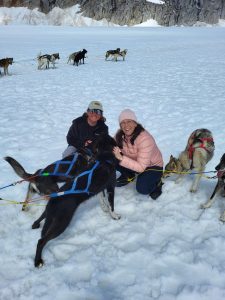
The owner of a dog named Maggie, Ahearn and her friend brought their two dogs near one another. When her friend’s territorial dog snapped at Maggie, Ahearn intervened and, to this day, has a scar on her arm.
Ahearn, whose current dog Jack comes to work as a companion and instant pet therapist, suggested that the advocacy field is rewarding, demanding and exhausting.
“Sometimes, there are cases that take a little part of you, and a piece of your soul withers,” said Ahearn, such as the recent case with the abused children. “You must take action to replenish that area.”
To do her best for the staff and those she supports, Ahearn relies on the encouragement of her family, the love of her dog, and the opportunity to travel.
Ahearn loves animals, including birds, and enjoys fishing. This year, she took a trip to Alaska, where she had a chance to pet sled dogs.
Ahearn, Linsalata and others in the victim advocacy world urge people to reach out to any of their organizations, or to authority figures, if they are abused.
“If in your gut, you have that feeling that something is wrong, don’t underestimate what you’re feeling or thinking,” said Linsalata.

